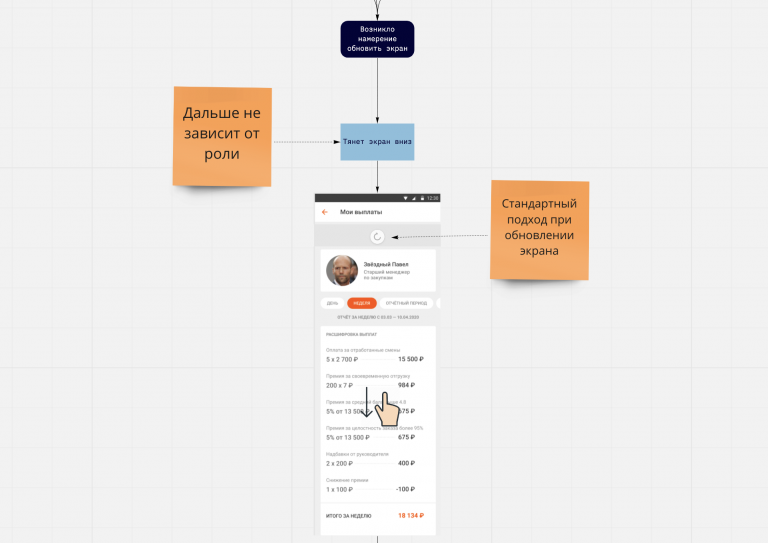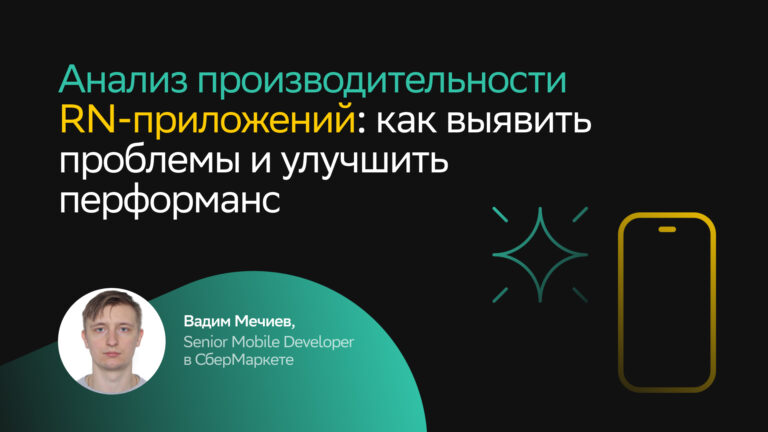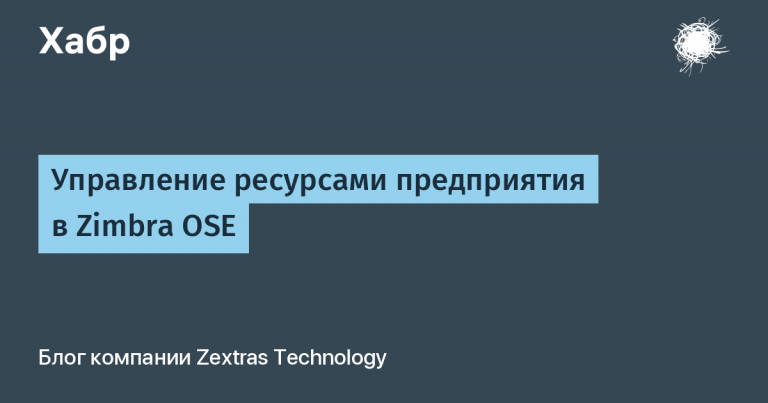We are importing AI and 3D meetings, hacking video conferencing, and waiting for the arrival of AI

Recently passed Video+Conference 2023. This time we rented a very spacious and comfortable conference hall, there was enough space to wander around and have a look, eat delicious food, and relax comfortably in soft armchairs. Why do you go to IT events?)
In order not to overshadow the rest with pangs of conscience, we tried to invite useful speakers. About import substitution, of course, and a new reality in every sense. And also about safety. The word of the day is rake.
“We stepped on every mistake when implementing a videoconferencing solution”
White hat hacking and the human factor as a threat
Import substitution of special effects
Bad advice and asynchronous communications
— We all see how the main Western vendors have left, and technologies are leaving with them… This creates some instability and a lot of thoughts
“We stepped on every mistake when implementing a videoconferencing solution”
There are a lot of domestic products, how to choose and implement them? Alexey Nefedov from Gazprom Neft PJSC formulated an effective approach. Sounds like Do not trust, do not fear, do not ask. Don’t Write Off, Don’t Load, Don’t Run.

Gazprom Neft’s mistakes that they “made so you wouldn’t do”…
The first iteration of the functional requirements for the new product was copied from Skype. After analysis, it turned out that about 30% of them were not needed at all. I had to analyze what was really needed.
Then they thought through everything to the smallest detail, wrote tons of documents describing all the risks. But implementing anything ahead of the locomotive in an orderly and coordinated manner also turned out to be ineffective, the process became uncontrollable. Alexey advises highlighting the main thing, assessing your own readiness and synchronizing the implementation work with the readiness of users and the company’s strategy.
If you have implemented everything and users don’t write to you, then everything is bad. Most likely, just no one uses it. To understand what is happening, you will have to collect the metrics yourself. But as a result, 46 thousand employees have already successfully switched to a domestic product. There is hope that everyone will succeed.
Assemble it yourself
If you are importing a lot of things at once, Softline has a life hack ↓
They offer a new way: to assemble a constructor from interconnected domestic technologies, make them friends with each other, convenient to pay and convenient to use – Softline Enterprise Agreement. For example, you can assemble a kit [ВКС-решение, работающее на определенной ОС + офисный пакет]and first try it in action using the Democafe service.

White hat hacking and the human factor as a threat
White hat hacker Alexander Gerasimov, co-founder and information security director of Awillix, spoke about the types of attacks on videoconferencing infrastructure.
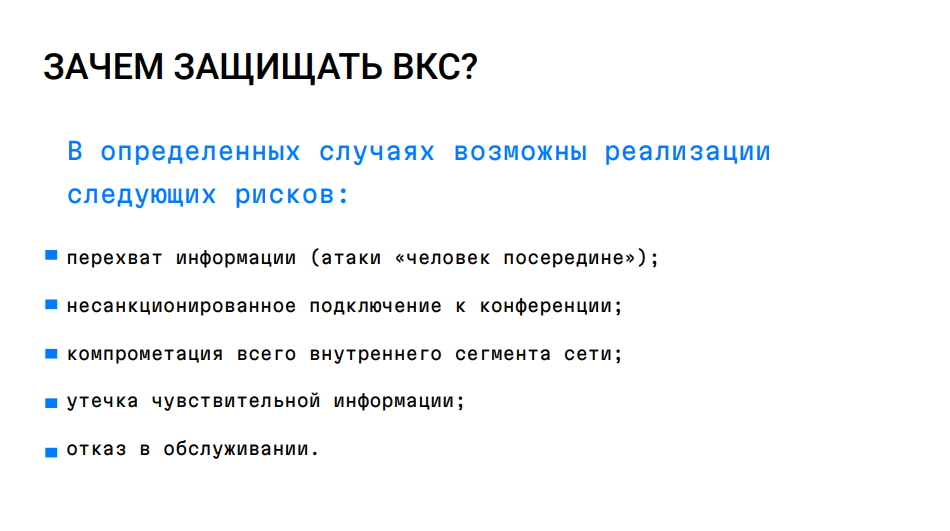
Problems may arise if there are shortcomings in the software itself: lack of end-to-end encryption, multi-factor authentication. Or if the conference ID and authentication data are easily found. Sometimes there is simply no confirmation of entry from the organizer – this is the phenomenon called Zoombombing due to its prevalence at the beginning of the pandemic.
Or there may be problems on your side – this is when the videoconferencing server is configured incorrectly.
How real is all this? One case from Awillix practice is described on Hacker. It is connected precisely with the shortcomings of the STUN server configuration.
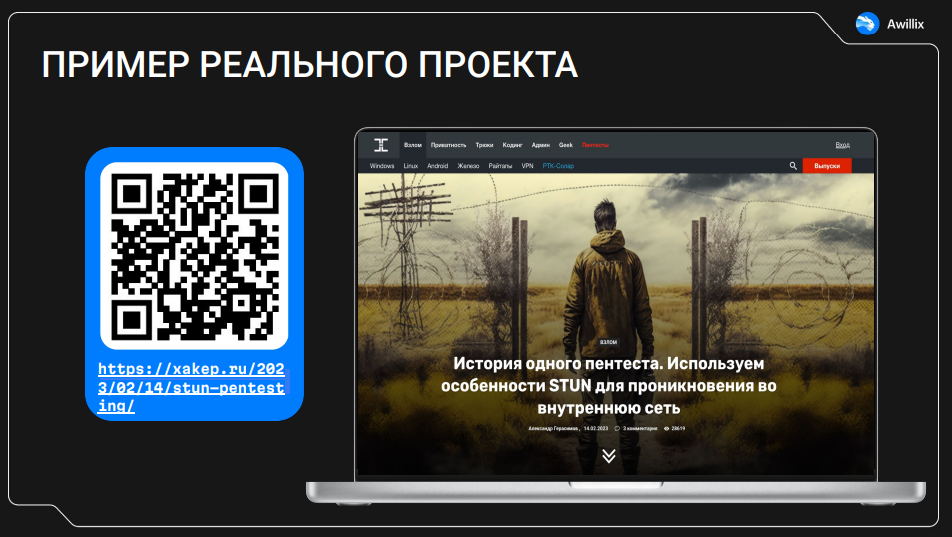
Recommendations on how to avoid problems can be found in the presentation by Alexander Gerasimov. She is in report on our website
Mikhail Moiseev from Solar provided very impressive data. It turns out that 33% of leaks of confidential information occur through instant messengers. Employees record screencasts and take screenshots, including during video calls.
Only 15% of leaks are accidents. Another 15% are hacker attacks. The remaining 70% are malicious actions of employees. In the presentation, everyone was successfully neutralized.

DLP (Data Leak Prevention) systems that control virtual inputs and outputs can protect against such actions: all network traffic, printing, copying to removable media, recording screens, sound, and many more items. In the future, there may even be protection against photographing work screens with a personal smartphone, but this is not yet certain.
Import substitution of special effects
Not just Microsoft…
A domestic b2b service for improving your audio and video using AI was developed in Tomsk and is already being sold all over the world; an application has been submitted for inclusion in the register of domestic software. The solution is not for playing on Zoom yourself, but a full-fledged SDK for embedding into your product.
Co-founder Maxim Troshin showed with examples how the vendors already familiar to us from the news cope with background processing. This includes cutting, blurring, replacing, overlaying a speaker on a presentation, gaze correction, and auto-framing.
For example, NVIDIA Maxine is the best at cutting out a person from the background, but only works on NVIDIA cards.

All this became possible as a result of the development of computing power and neural networks, a process pushed forward by the pandemic. There are many requests for the use of AI, but it is not always clear which ideas are viable; time will tell.
Below, for example, gaze correction is also from NVIDIA. It has not yet become widespread, but it is already working great.

Experts see great potential in searching and tracking faces on video. From there, expect new video conferencing features. Audio processing in text format is not so interesting, demo can be seen in the recording
Beyond the current ChatGPT craze, there are still plenty of smart language and text features to keep an eye on because eventually “they will translate into business process changes within your company.”
In response to a question from the audience, Maxim Troshin said that so far, within the framework of video conferencing services, he has not come across systems that would identify, mark generated/completed content and notify the user about it. But such systems exist, their development is natural, and now they will be in great demand.
– And there will be a service against it, which is against this service… Caller ID, then Anti-AON – we went through…
— Well, if both there and there will charge a subscription fee for it, that’s fine)
360° video conferencing
“The metaverse is slowly but surely becoming a reality, despite the fact that it’s almost a dirty word. It’s just that the public’s expectations are very different from the results that vendors produce,” NoJitter analyst Tom Brannen.
While Google is finishing and simplifying Project Line, Logitech is building illusionistic Project Ghost stations, and Zuckerberg is attaching legs to his avatars, ours have assembled a camera that can shoot 24/7 for months in a temperature range from -40° to +50°C.

It comes with a 4K quality VR video conferencing service that runs in the browser without any special apps and provides two-way communication rather than just broadcasts.
VRCAST works without 3D glasses. You can connect to the conversation with your regular webcam, of course there will be no effect, but you will be able to view the interiors of the participants with special cameras as expected, at 360°.

You can organize a multi-camera broadcast with “teleportation” between objects and automatic production when AI imitates the actions of a camera operator behind a tripod. There is a video analytics plugin and a whole ticket service for selling access to viewing events.
All this is already working. Shooting capabilities can be watch on YouTubethe angle is controlled by the mouse or by rotating the phone, the image quality is adjusted.
— Whether we like it or not, the future lies with digital universes. This will be a single space in which we will live, work, learn to develop… There will be an era of complete transparency… it is useless to fight this
Bad advice and asynchronous communications
Dmitry Kryukov from Webinar now MTS Link told how to avoid meetings. Service statistics show that about half of users meet on average once a day, about 20% – 2 times, the remaining 30% – 3 times or more.
A quick survey in the room showed that many had 3-4 meetings a day. Now we know exactly why you go to conferences)

Asynchronous communications are now an actively developing segment. Microsoft recently improved its service for recording video messages, and the giant Atlassian bought Loom, a convenient service for recording and sending mini-presentations created 5 years ago, for $975 million.
What threatens us next?
According to WHF Research, the number of vacancies with a hybrid and remote schedule around the world has increased, said Dmitry Odintsov, Truconf development director.

That is, there has not yet been a large-scale movement towards the office, only isolated loud statements from top corporations. The most shocking thing is Zoom’s announcement, which no one expected. In August, they suddenly required all employees living within a 50-mile radius to come into the office for at least 2 days a week.

Analysts worry whether the giants are making meaningful decisions and assessing the consequences in order to claim that working in the office is more productive, does not lead to turnover and reduces employee satisfaction and motivation.
Because if you take mass surveys, for example, InfoSys, then 59% of top and ordinary managers themselves work in a hybrid mode. And 73% believe that the popularity of these particular forms of employment will grow in the next 2 years.
Superjob tells us that 40% of Russian employees are likely to quit if their employer requires them to go into the office. And another 23% will bargain for more favorable conditions for such deprivations. And in the West, according to Entrepreneur.com, as many as 76% of employees are ready to leave the company if it decides to abandon a flexible work schedule.

Advanced tools for interaction at a distance are already with us. Various vendors have been processing transcripts, assigning tasks, and other useful tips following the meeting for several years now. With the surge of activity around ChatGPT and other generative AI models, this line of work has accelerated.
Ready-made AI systems and assistants from Microsoft, Google, and Zoom have already become available. They not only tell you what you missed, but also offer different style and tone options for responding to letters and messages.
Soon we will be replaced by bots that will confer, correspond and make effective decisions with themselves, all we can do is drink coffee and go to conferences. Buy our elephants!)
How was the conference? can be viewed on the website. There are photos, presentations with links to videos and big report with meanings.
